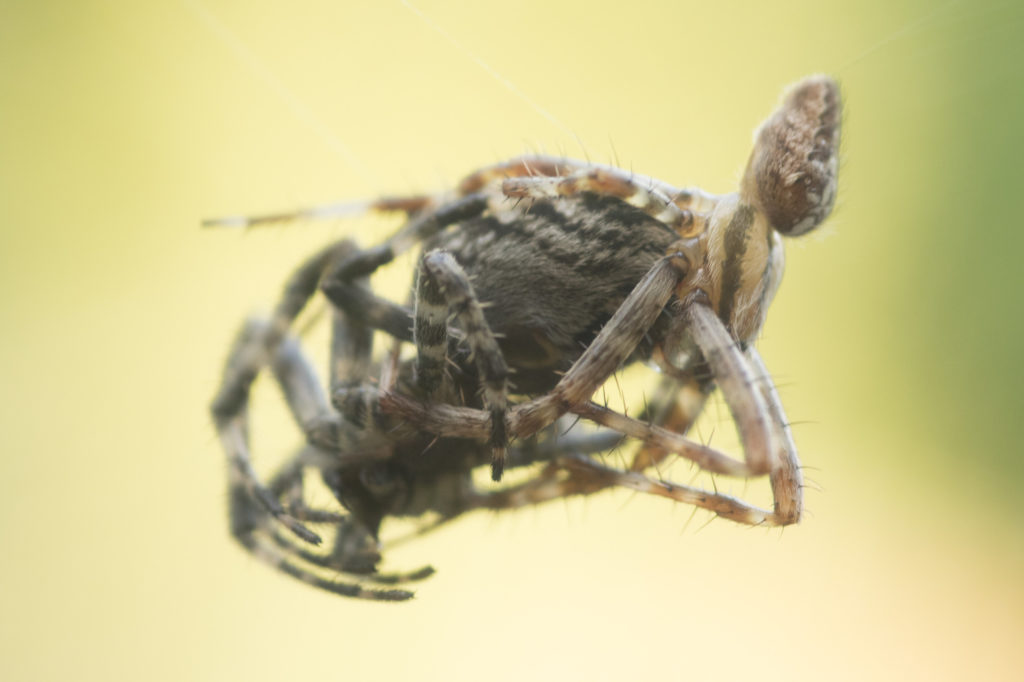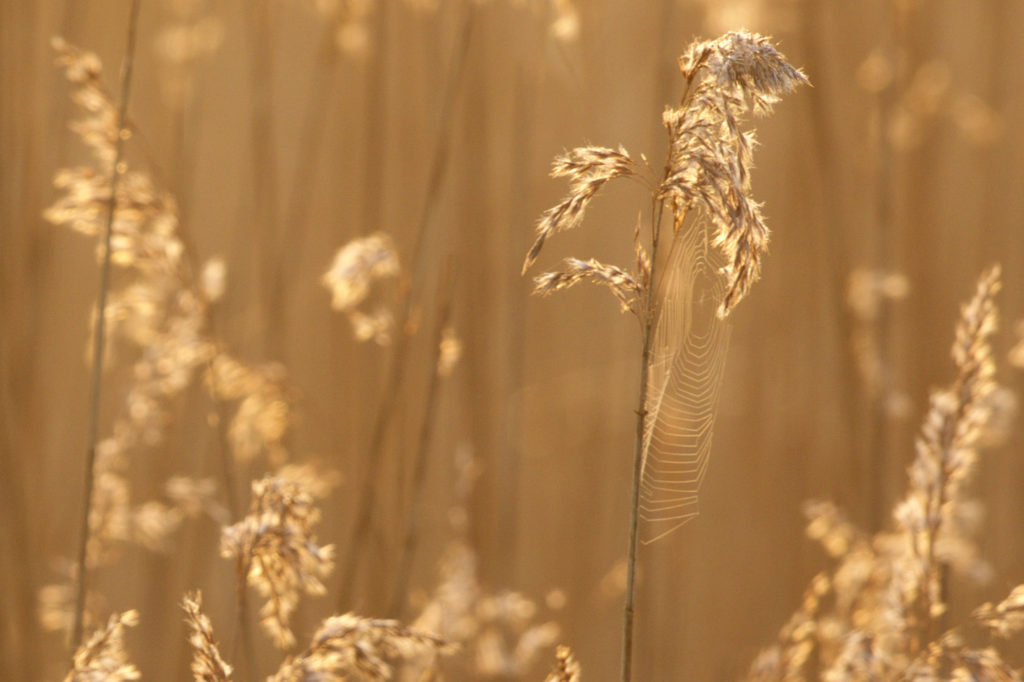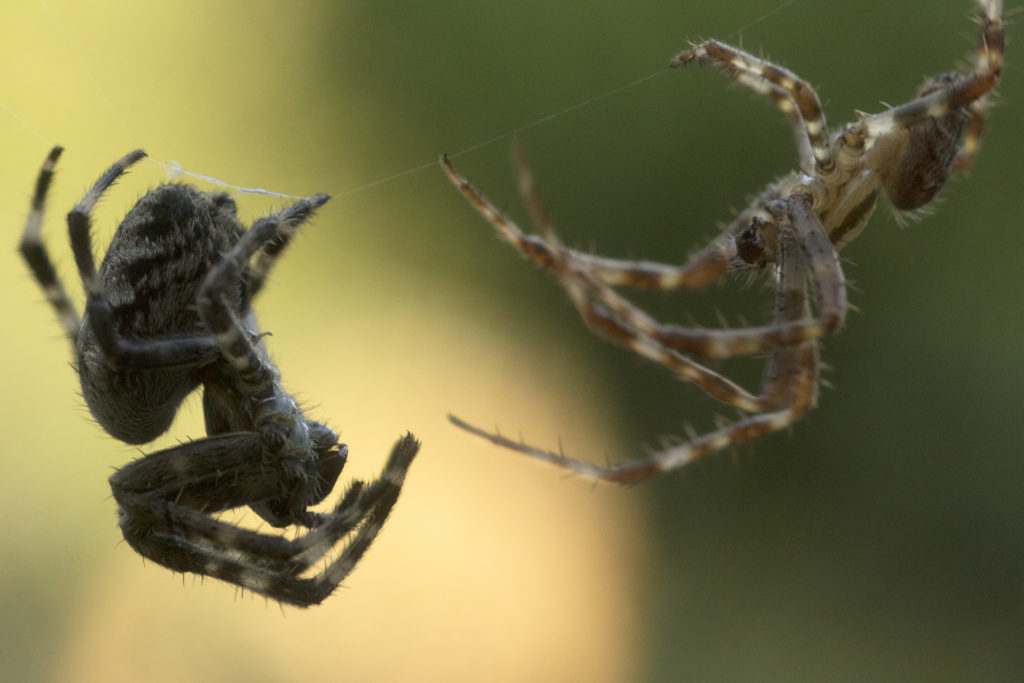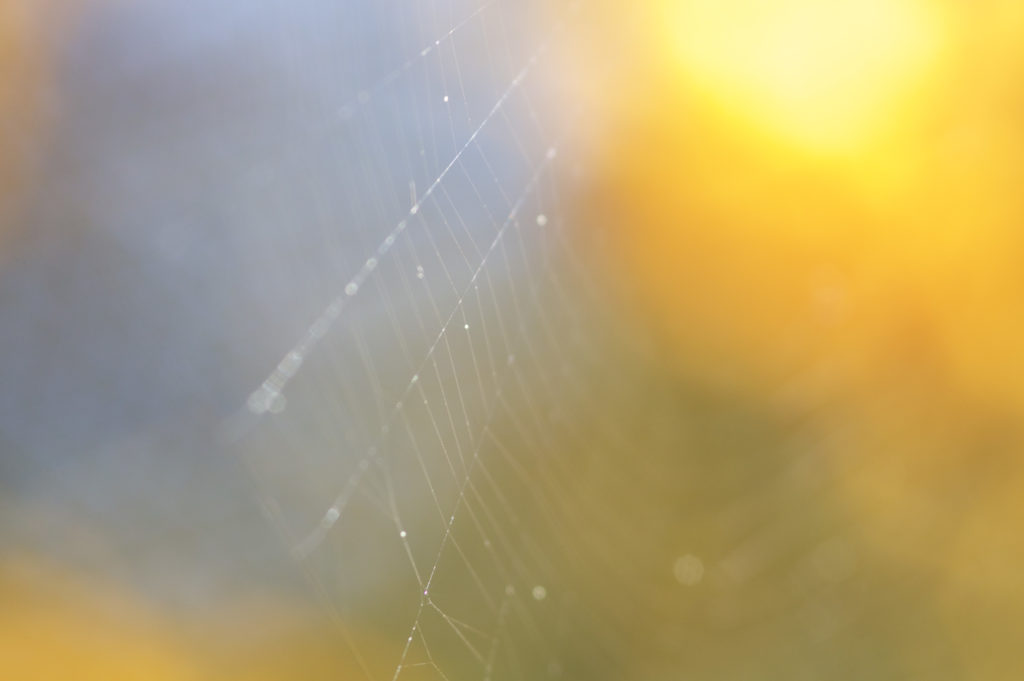Spiders are a difficult subject to photograph. It doesn’t seem as if it should be that way as they are everywhere. This is what makes it so frustrating when trying to capture a good, or even remotely OK photograph of a spider. There they are, sat in the dark corner of your living room, doing something interesting in one of the most amazing creations by a creature – their web – and yet everything that a photographer hopes for when capturing an animal, is missing from this scenario.
The light is bad, the composition is bad, the background is dire, the web is dull, if you focus on the spider’s eyes, the legs are blurry, if you increase the aperture, the shutter speed is too low and the spider is still BLURRY. When you get it in focus to a reasonable degree, guess what?! The overall lighting and appearance of the scene is so terrible that the only rightful place for the image is in the trash.
This might be enough to put you off of spider photography for life, but fear not! There is a way to take good photographs of spiders but you have to be choosy.

Some photographers may move spiders to a location where they can safely control the lighting and the position of the spider, but this only suits one type of spider photography. If you want photos of spiders in their natural environment, exhibiting natural behaviour, you need to approach the subject differently.
We’ve put together these points to help you improve your spider photography and walk away smiling.
Choose a subject in the open
It may sound obvious but in order to avoid bad photos of a spider in a dark corner, you need to photograph a spider that isn’t in a dark corner. The lucky side of spider photography is that spiders really are everywhere. Look on and in walls, amongst gravel, on your lawn, in trees and there will likely be spiders. Greenery makes for a nice background and you may find a greater variety of species around the garden than you do in the house.
Lighting
This is immediately helped by going out of doors to photograph spiders. The time of day can influence how much light you have and sometimes you’ll find a sunny day brings out a lot more spiders, and therefore more options as well. Macro lenses immediately take light away from you, so the brighter it is outside, the better chance you have of getting a good balance between aperture and shutter speed. If your spider is stationary you might benefit from using a tripod so that the shutter speed will have little bearing on how well the shot turns out. This will allow you to use a smaller aperture (a larger ‘f’ number) and in turn have more of the spider focussed.

Hold your breath
These two spiders were very active a few days ago in the Embrace Nature UK garden. The light was not on our side, nor was their location in which case getting them focussed or in good light at all was extremely difficult. The photos will not be winning awards but show the behaviour as we followed a few of our own suggestions to capture their activities. One of the ways we did this was by holding our breath whilst taking the photograph. As the spiders were moving continuously a tripod didn’t seem appropriate. There was one bit of bright green in the garden at that time so we had to crouch to get it in the background, then sway back and forth trying to get the spiders in focus. We were breathing hard at the end of it but holding our breath for the photograph stopped us from losing that fleeting focus that was essential to capturing these images.

Take your time
Rushing photographs can often lead to poor results. Many spiders will sit still and seem oblivious to your frantic attempts to capture a good image of them. Before the days of digital photography we had to rely on our eyes at the moment of taking the photograph to achieve the results we desired. Nowadays we have a ‘cheat-screen’. We can check how the light has turned out, we can zoom in and see if the subject is focussed and whether we have successfully composed the image. This new-found glimpse into the outcome of our work in the field is not to be underestimated. Check that the photographs you are taking are good, and if there is something you don’t like, tweak the settings until you get photos that you’re happy with. Spiders may have their difficulties as photographic subjects, but sitting still is maybe one of their real qualities. This will not always be the case but in many situations you will have the chance to take your time and criticise your images as you go; resulting in better over-all outcomes.

Jump for action
As with any animal, you need to expect the unexpected and be prepared for anything in order to get great shots. Keep your batteries charged and your camera accessible with plenty of free shots on your memory card as action can happen at anytime. Perhaps you pop into the garden to empty the bin and then see a beautiful spider wrapping another spider in its web. It’s easy to pass by and ignore this because it’s “just a spider”. It isn’t. Never underrate arachnids. They are as interesting and incredible as any other creature you might stumble across with your camera. I won’t pretend I don’t have a fear of some spiders but they fascinate me, and if you want good photographs of them, they should fascinate you too and make you want to share their beauty with the world in the form of your photography.
